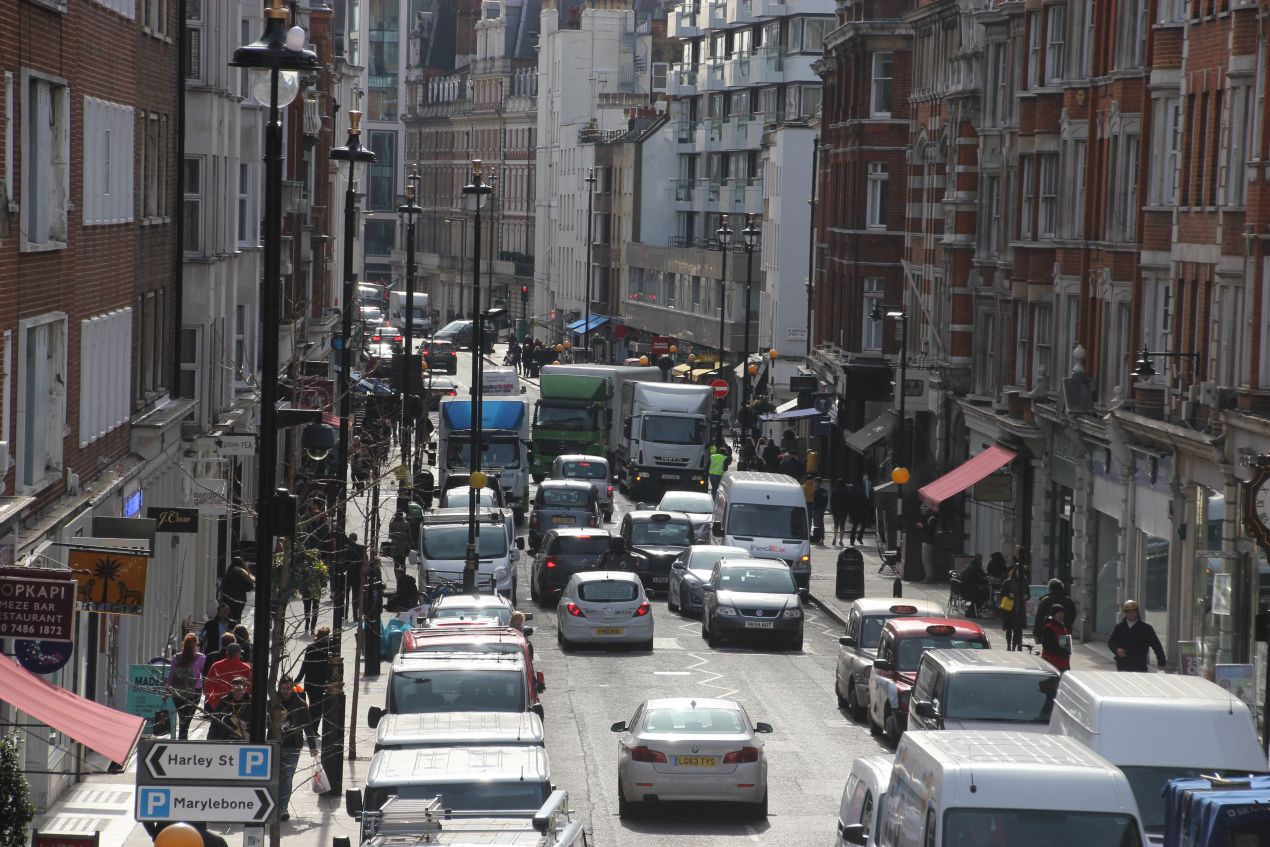London has some of the highest pollution levels in the country. This year it only took the city seven days to breach the pollution limits set by the EU for all of 2016 and recent studies found out that nearly 9,500 people die early each year in London due to long-term exposure to air pollution.
To tackle these serious problems, the city has made headway in cutting some emissions and has implemented several initiatives aiming to reduce air pollution. The Mayor’s Air Quality Fund (MAQF) for example, was set up to help tackle the issue of poor air quality in London. The second round of the MAQF was announced in summer 2015 and included funding for the creation of Low Emission Neighbourhoods. Two boroughs will be awarded up to £1m each to deliver an area-based package of measures to reduce emissions and exposure to air pollution.
Westminster City Council is bidding to be one of two boroughs to receive this £1m of funding from the Greater London Authority and Transport for London. Their bid focuses on Marylebone, an area that has some of the poorest air quality in Europe, with levels of nitrogen oxides and particulate matter exceeding health standards. Marylebone is bounded by the major London arteries of Marylebone Road, Oxford Street and Edgware Road; and in addition to being the home of over 23,000 residents, it has almost 75,000 workers commuting into it each day. Tackling emissions here therefore, has the potential to affect a very considerable number of people.
Steer Davies Gleave has been working with Westminster City Council to develop a compelling bid for a Low Emission Neighbourhood (LEN) in Marylebone. The scheme proposed includes a focus on unnecessary idling by vehicles, a so-called ‘air force’ of parking marshals to approach drivers to ask them to turn off their engines when stationary. The Marylebone LEN also includes the creation of more green space, tree planting, new electric vehicle charging points and a number of other innovations.
The LEN bid brings together a wide range of Marylebone stakeholders including residents’ associations, the major landowners and the local Business Improvement Districts, all supportive of action to improve air quality locally. In fact one of the most striking things about the Marylebone bid is the level of local support and the willingness among stakeholders to take a lead on delivering the LEN. A number of stakeholders are experienced in implementing LEN-style initiatives and if successful the Marylebone LEN would leverage this experience to implement behaviour change and public realm improvements across the neighbourhood.
